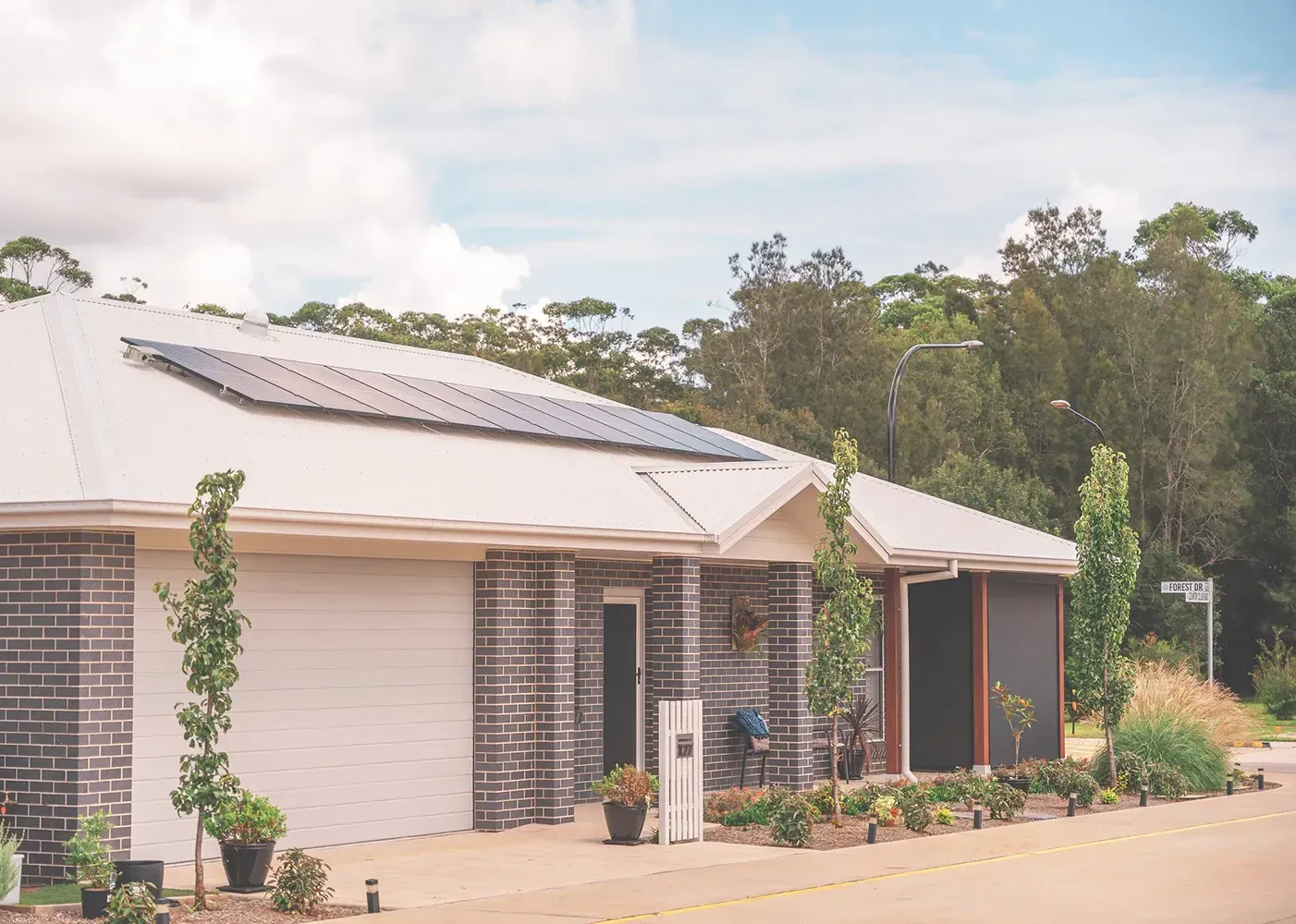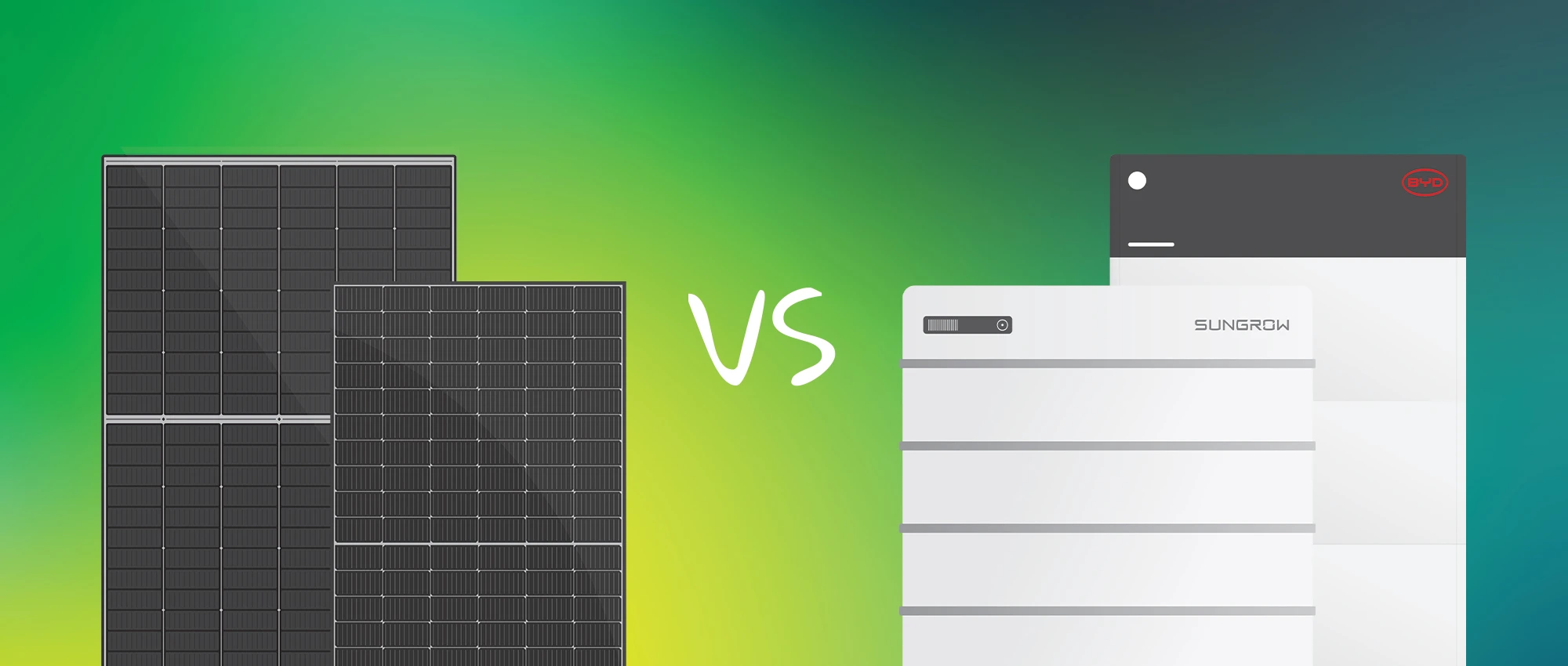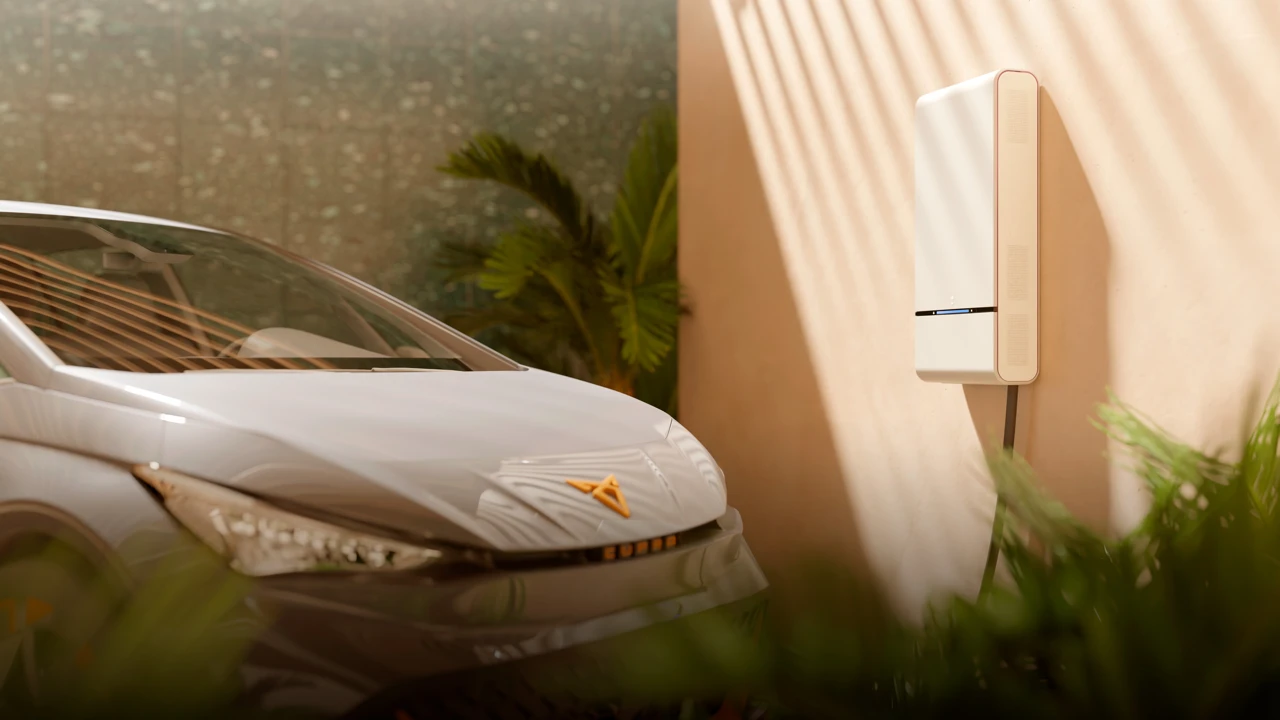Is your system REALLY working? Book a Solar Health Check today.
Is your system REALLY working? Book a Solar Health Check today.
Imagine a town, or state, or country where millions of households and businesses with their solar systems and batteries happily powering along. And not so happily at times overpowering the grid while the sun shines. A world where fixed fossil fuel generators are closing, and variable renewables are on the rise. The result, potential chaos and grid instability through too much energy at midday and not enough when the sun sets, and everyone needs electricity to cook dinner. Solutions need to be found and this is where Virtual Power Plants (VPP) play a role.
Virtual Power Plants (VPP's) are simply an orchestra of thousands of residential and commercial properties all individually producing and storing energy, balancing production with consumption, and grid imbalances; essentially stabilising the electrical network.
Incidentally the conception and implementation of VPPs was an Australian innovation. As a country we punch well above our weight in the world of high technology innovation, not just sport.
Virtual Power Plants would boost Australia's Solar production performance for available consumption 24/7, which would buffer the timing of solar production and grid outages.


VPP’s are in short, an independent property than can produce and store energy for self-consumption. In this case the energy production is solar energy, which then is stored in battery storage for use when the sun power is not available.
These independent properties, which all create, and store energy would be included in a unified system where energy production, storage, and consumption are all balanced across a large area, using all assets to essentially act as one huge, decentralised power plant. This system would allow for the simple concept of self-sufficiency, where an owner can produce everything they need sustainably, as well as supplying the community with energy that can be optimally balanced across a variety of homes and businesses for complete energy security for all.
Put simply, Virtual Power Plant’s allow you to use and serve the grid’s energy using automation to decide where the energy should go and come from.
The benefits of a Virtual Power Plant would be the dynamic energy distribution system that would allow for flexibility in our geographical energy consumption. Virtual Power Plants for solar would allow you to take full advantage of existing solar systems and for a self-consuming community that doesn’t rely heavily on fossil fuel energy production.

This not only would take full advantage of installed solar systems, but it would encourage new systems to be installed which would only make the distribution system more flexible. This kind of system would meet grid demands almost instantly by taking advantage of local production and store for optimal efficiency and seamless flow transitions.
As a result of the reduced dependency of traditional power plants, it would have a huge environmental impact both directly and indirectly from the reduction in carbon emissions and would also shorten return-on-investment timeframes for solar and battery.
Another downside is the likelihood of having no energy left in the battery for you to use, however there are options to prevent the battery
state of charge (SoC) from going to a certain percentage (e.g. 20% minimum).
The immediate concern amongst VPP participants is the vulnerability to security breaches in the network system.
Lastly, depending on what company you go with, you may not have the flexibility to charge and discharge at optimal times (e.g., Discharging
at times of peak demand) for optimal returns. However, Amber allows for full control and turning optimisations on and off at any time.

What we're referring to is Australian rooftop solar and how the collective exports are driving the electrical grid into instability at noon during off peak hours, and unable to deliver sufficient at dinner time during on peak hours.
What is needed is energy storage of this surplus to be returned to the electrical grid at dinner time. Where is the best place to store this collectively very large amount of energy? Where it's generated during the day and mostly consumed in the evenings; the homes where it was generated by solar and utilised in domestic loads.
What needs to be done is to encourage Australian households to invest in solar battery storage to the same degree as they invested years ago and today in solar panels.
The mechanism which led to that investment, subsidy of solar PV panels, must be revisited with a subsidy
for battery storage
which like PV modules at their inception, is pricey.
The person or persons behind that solar panel subsidy scheme are in our minds, heroes of the modern renewable’s world for their
foresight and ambition for a scheme which let's be honest, hasn't broken the bank but instead has brought Australia to where it is
today as the leading rooftop solar nation in the world.
House rooftop energy falls into the category of a Distributed Energy Resource (DER) and efficiency logic dictates that this energy is best used close to the point where it is generated. Storage follows the same logic; storing it close to where it is generated and used - the ultimate efficiency.
Australia currently has access to VPP services all throughout Australia such as Amber Smartshift® which allows exporting your energy into the wholesale electricity market unlike other VPP providers that take a cut of the value you generate. You can get access to their service via a small monthly subscription.
We love Amber because it’s a simple and easy way to take advantage of your solar and battery energy systems, so we will be using them as an example.
People wonder about the wear and tear to which their batteries might be exposed if they were to participate in a Virtual Power Plant.
The industry feedback suggests that the energy taken from the batteries is quite low at about 6 kWh/month. The strength of the VPP
system in its grid stabilising role is the breath of battery owner participation and the short bursts of energy needed with the right
timing to stabilise the grid. The income offered from some VPP offerings are considerable and would also vastly
speed-up return-on-investment timeframes.

With electric vehicles exploding in popularity in the past couple of years, it has put increased demand on the electrical grid in order to
recharge these large portable batteries. This increased charging demand indicates that we need to either ramp up grid production or find
renewable solutions.
Currently, there are solar charging capable electric vehicle chargers that
allow EV's to be powered by fully-renewable solar energy. This charging system could greatly benefit from battery storage and would
permit eco-friendly charging at all times of the day and night with the absorption of solar energy.
Virtual Power Plants via Vehicle-to-home and Vehicle-to-grid may also evolve to take
advantage of their large-capacity batteries.
With the emerging renewable technologies, it removes the need for expensive grid upgrades whilst also creating a more efficient energy system that would stabilise the grid intelligently, and may even be powered by AI in the future. Whilst electricity grids are very valuable, their nature and function is continuously changing, and it must adapt to suit the needs of the evolving consumption trends, infrastructure, and modern times.
Owners of Solar and Battery that are involved with a VPP are compensated. Amber for example allow for
wholesale electricity prices to maximise your systems' performance. You can use their calculator and see how much you can earn.
We genuinely recommend Amber as they don’t take a cut out of the profits made on your trades, instead it’s a simple monthly fee. Here
is a list of the VPP offerings in Australia.

This would accelerate the benefits of solar panel production for 24/7 absorption through the day to allow for the usage of solar energy
through the night when production has stopped.
This would minimise the issue of high peak demand periods on a large-scale, encouraging homes to be more self-sustainable in the way
they both produce and store energy.
However, the application of battery storage must be elegant and be not just masses of uncoordinated batteries 'doing their own thing.'
Using the technology we currently have, the universal online connections could orchestrate a grid wide synchronised system to achieve
in reference to Goldilocks, 'not too much not too little but just the right amount of sponging up of energy from a 'hot' grid and
spoon-feeding an energy needy grid'.
Computers do this marvelously, reliably, cheaply, and tirelessly. The techniques for doing this are the remit of tested, tried, and
emerging Virtual Power Plant (VPP) technologies.
Naturally people participating in such an orchestra would want to be rewarded for their service in helping to stabilise the grid, both by supplying energy in times of grid need and also soaking up in their batteries some of that excess midday solar energy.
Remember energy sent to the grid system always needs to have somewhere to go to maintain a balance, either into customers loads or into some sort of storage; batteries being the most convenient, fast-responding technology.

Like other technologies such as Vehicle-to-Grid, Australia is slowly adopting and developing the infrastructure it needs for systems like these. The future will involve complex transitions to new and advanced automations that will give us the energy we need in the most sustainable and efficient way possible.

In 2024, solar owners may wonder if they should upgrade their solar system, vs. buy a battery. Which one should you buy in Australia in 2024, solar or a battery?

Though bidirectional charging isn't available, vehicle-to-grid is already turning heads in Australia with its potential to change energy consumption and distribution.
Leave a Comment